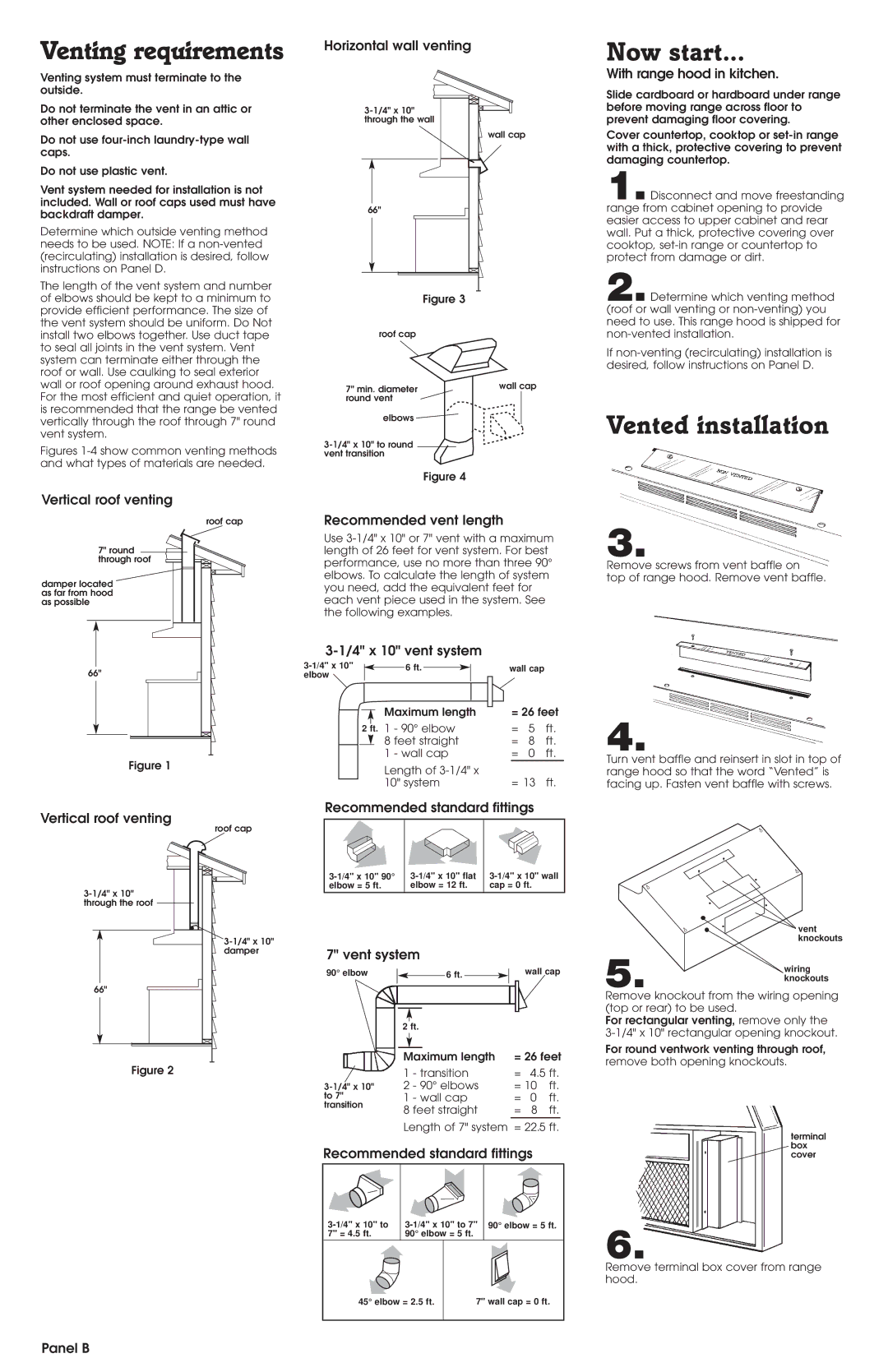RH4900 SERIES, RH4700 SERIES specifications
The Whirlpool RH4700 and RH4900 series represent a noteworthy evolution in home appliance technology, focusing on enhanced performance, energy efficiency, and user-friendly designs. These refrigerator models are designed to meet the needs of modern households, combining innovative features with reliability.Both the RH4700 and RH4900 series refrigerators are equipped with advanced cooling technologies that ensure optimal temperature management. The Adaptive Defrost system intelligently determines when to defrost the appliance, preventing ice buildup and ensuring efficient operation. This not only prolongs the lifespan of the refrigerator but also improves energy efficiency, translating to lower utility bills.
One of the defining features of these series is the Flexi-Slide bin, which allows for easy reconfiguration of storage space. This bin can be adjusted to accommodate larger items, ensuring that homeowners have the flexibility they need when organizing their groceries. Additionally, the humidity-controlled crisper drawers protect the freshness of fruits and vegetables by providing the ideal environment for longer shelf life.
Energy efficiency is a key characteristic of the RH4700 and RH4900 series. Both models come with an Energy Star certification, indicating that they meet strict energy efficiency guidelines set by the U.S. Environmental Protection Agency. This not only helps to conserve energy but also contributes to a more sustainable household.
Furthermore, these refrigerators feature a sleek, modern design that fits seamlessly into any kitchen aesthetic. The stainless-steel finish is not only stylish but also resistant to fingerprints and smudges, making maintenance a breeze. The LED interior lighting provides excellent visibility, making it easy to find items, even in the back of the fridge.
Smart technology integration is another highlight of these series. With options for Wi-Fi connectivity, homeowners can monitor and manage their refrigerator settings remotely. This allows for enhanced convenience, as users can adjust temperatures or receive alerts about door openings directly from their smartphones.
In summary, the Whirlpool RH4700 and RH4900 series refrigerators are exemplars of modern appliance design and engineering. With their blend of advanced cooling technologies, energy efficiency, user-friendly features, and stylish aesthetics, they stand out as exceptional options for households seeking to enhance their kitchen experience. These models showcase Whirlpool's commitment to innovation and quality in home appliances, ensuring that they meet the diverse needs of contemporary consumers.

